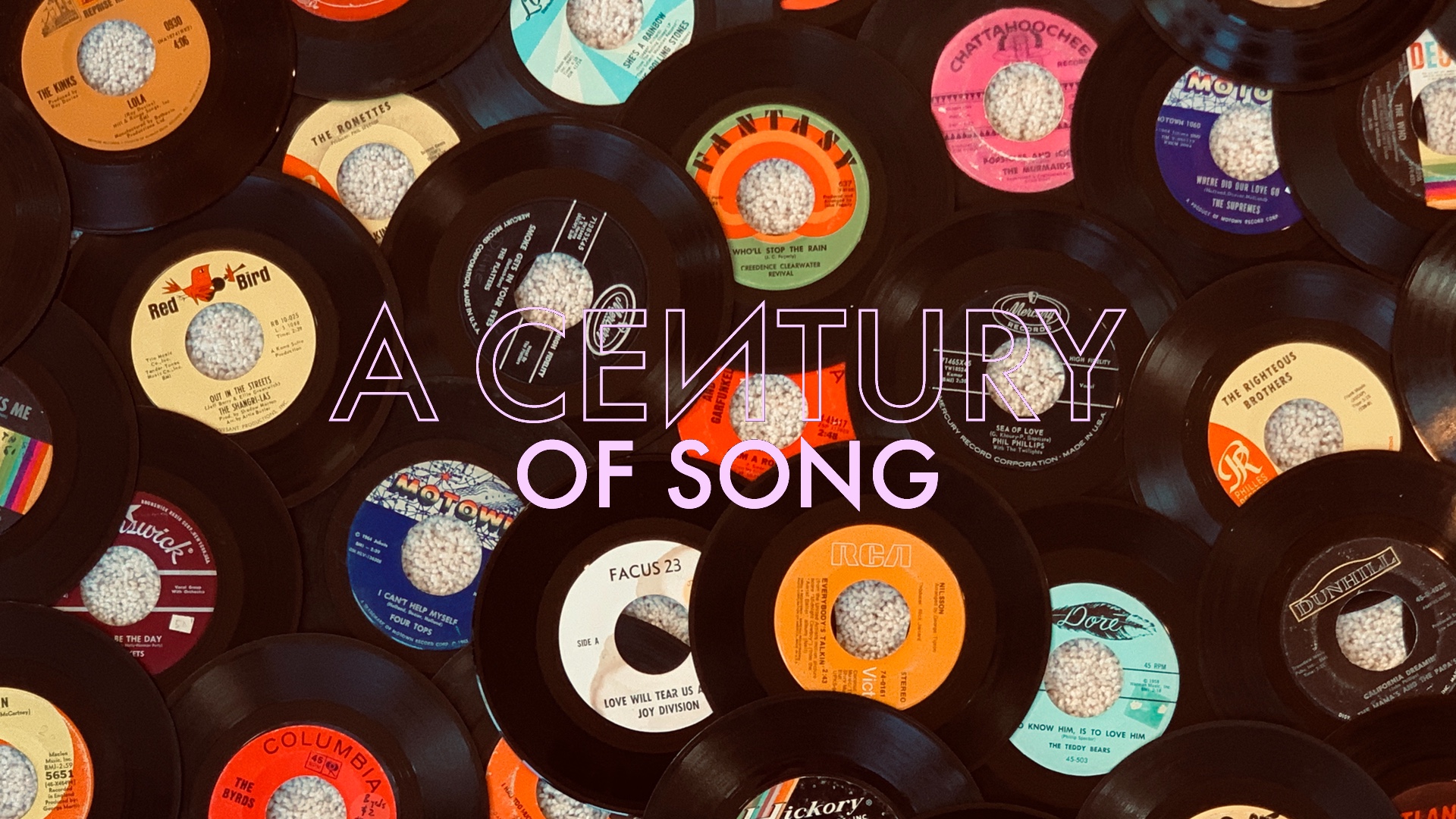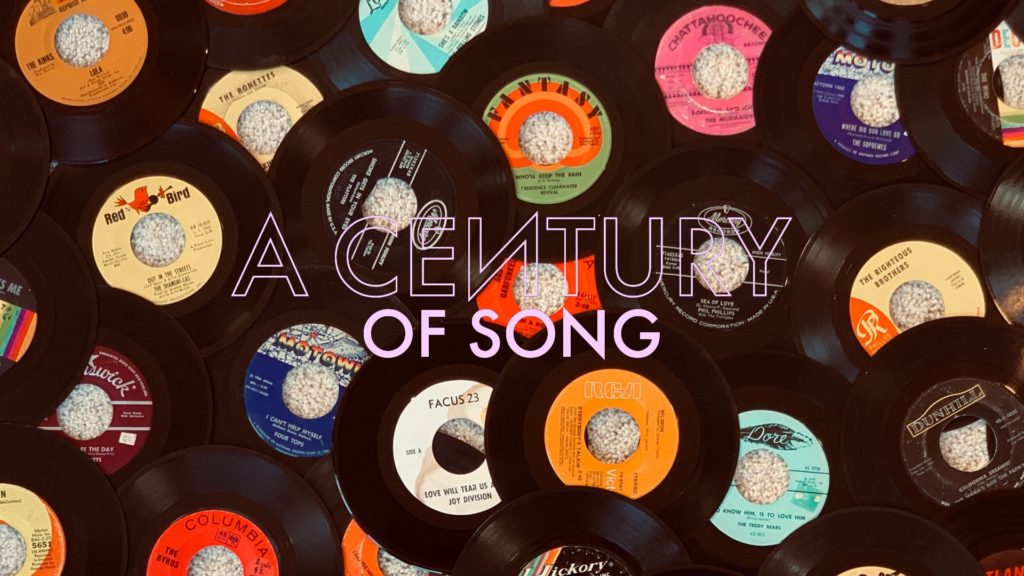
A Century of Song is an attempt to summarize 100 years of popular music through 1000 carefully chosen tracks. Included within this list are landmark singles, stellar album cuts, huge hits, hidden gems, and more than a few personal favorites. Read the introduction for the project here, and enjoy the embedded videos and Spotify playlist.
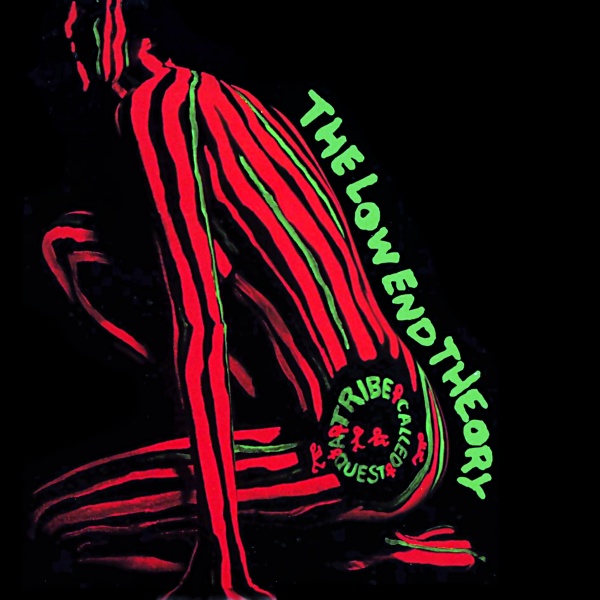
190
A Tribe Called Quest made a strong first impression with 1990’s People’s Instinctive Travels and the Paths of Rhythm, but that album would quickly be surpassed by the Queens group’s sophomore record, 1991’s The Low End Theory. A hit upon release that has aged like a fine wine, Low End was one of the most forward-thinking rap records of its time, and a critical predecessor to the conscious hip-hop scene.
Most notably, Low End Theory is where Tribe pushed their jazz influences to the forefront; legendary bassist Ron Carter appears on one of the album’s highlights, “Verses from the Abstract.” Though it’s built off of a sample from Art Blakey and The Jazz Messengers, the bass line that opens “Excursions” sounds wholly organic when mixed with the drum beat snatched from The Shades of Brown’s 1970 track, “The Soil I Tilled for You.”
Rather than replicating the dense backdrops of New York peers like Public Enemy and Beastie Boys, Tribe kept things appealingly minimalistic on The Low End Theory. This granted ample space for the conversational – but still technically impressive – vocal stylings of Q-Tip. Elsewhere on the record, bandmate Phife Dawg would assert himself as a worthy counterpart, but “Excursions” remained a showcase for Tip’s rapping and production prowess.
Tribe would follow up The Low End Theory with another classic in 1993’s Midnight Marauders. After a lengthy split, the group reconvened for one final record – We Got It from Here… Thank You 4 Your Service – released shortly after Phife’s 2016 death of complications from diabetes. While they released several classics, Low End is the group’s front-to-back masterpiece – a record rivaled by few in the history of hip-hop. “Excursions” is its welcoming, and aptly titled invitation.
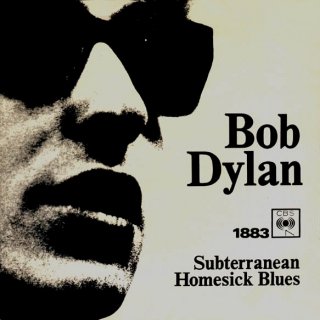
189
I’m not going to claim that Bob Dylan invented rap with this track – he most certainly didn’t. Regardless, it was immediately clear that whatever he was doing with language on “Subterranean Homesick Blues,” it had no real precedent in popular music. As the opening track to his game-changing 1965 record Bringing It All Back Home, “Subterranean” was a revolutionary sound in its time – one that still demands attention today.
One could have been forgiven for not expecting Dylan to release a full-on Beatnik jam at the time of “Subterranean Homesick Blues”‘ spring 1965 arrival. Dylan’s affection for Allen Ginsberg, Jack Kerouac, and other counterculture icons had barely penetrated the edges of his earlier work. Instead, it was the mostly-earnest/occasionally satirical Woody Guthrie that had previously been held up as Dylan’s model within the folk community. To them, Dylan’s “turn” was a betrayal – a stab in the back.
The thing is, there was plenty of social commentary in “Subterranean Homesick Blues” – at least there seemed to be. To a crowd that had expected Dylan to tell them how to feel or what to think, wrapping a message in cryptic hipster-isms was the last thing that they had anticipated, or wanted. Later on Bringing It All Back Home, Dylan would give them a little more to chew on – especially on the possible scene-separation commentary of “Maggie’s Farm” (#581) – but “Subterranean” was all too much.
In time, Dylan would find a way to piss off nearly every follower that he ever gained. He’d also find new ways to win them back. In a way, in a sixty-year career full of unexpected, unprecedented, and unrivaled twists and turns, this capacity for “shock and awe” has turned out to be his greatest artistic ability. His first act in that mode remains a remarkable listening experience.
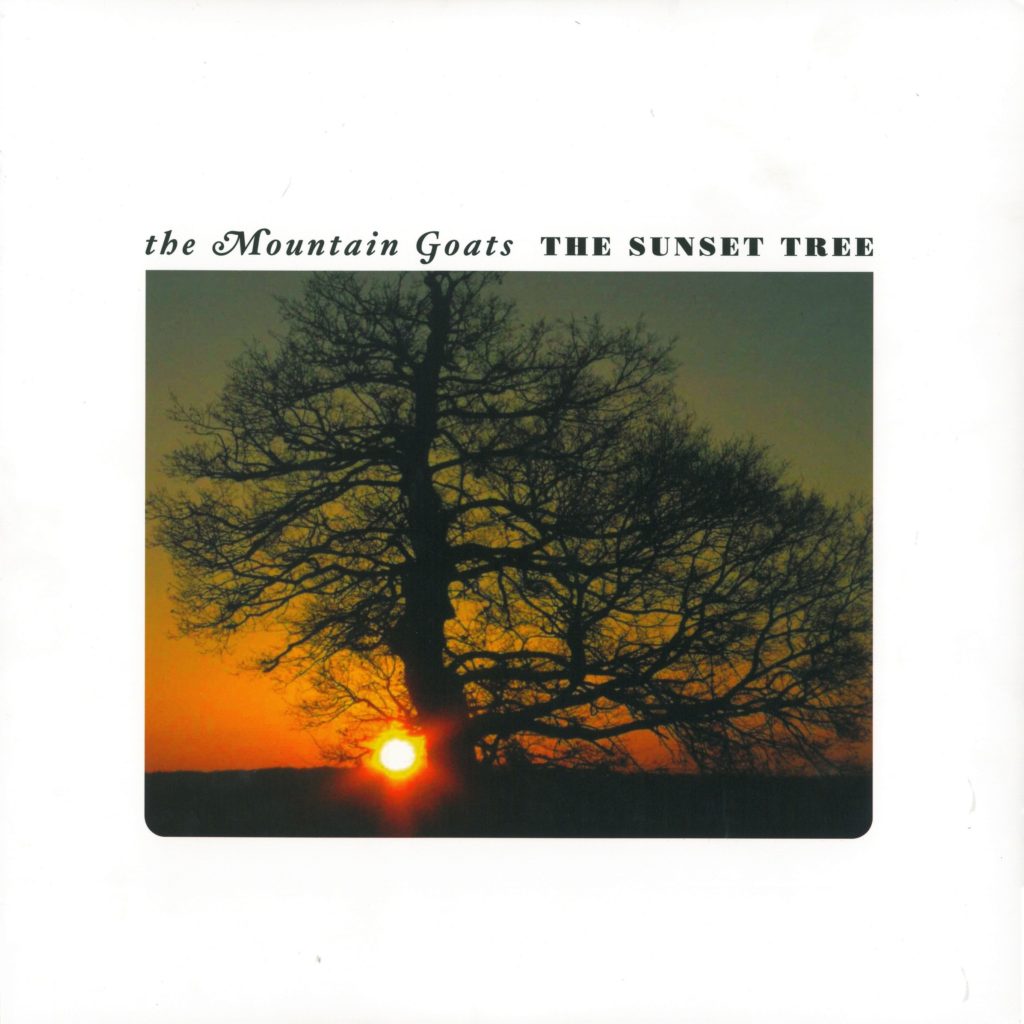
188
As the upper reaches of this list will show, turbulent times can make for powerful art, but every so often, a song can transcend its own time and creation, and take on a deeper significance with age. Though it was written from an autobiographical perspective – the centerpiece to 2005’s harrowing The Sunset Tree – John Darnielle’s “This Year” has become an anthem for millions of listeners over the past several years.
It’s arguable that no contemporary songwriter rivals Darnielle’s gift for narrative detail and empathy, and though highly personal, The Sunset Tree only sharpened his craft. While “This Year” was conceived as one piece of a larger work about abuse and trauma, the sentiment of its triumphant chorus (“I am gonna make it through this year, if it kills me”) is universal.
For an artist who had spent most of his earlier career solitarily recording his songs into a boombox, “This Year” was a surprisingly musical track. The urgency of Darnielle’s travails as a drunken seventeen-year-old, and the determination of the song’s chorus, are driven home by an insistent musical backing – highlighted by the bass work of long-time collaborator, and now-permanent Mountain Goat, Peter Hughes.
As of this writing, over 20 million listeners have streamed “This Year” on Spotify alone. The past handful of years have generated a lot of grief, but there is at least one small silver lining found in the fact that one of this generation’s most talented and earnest songwriters has earned long-overdue recognition for his work through its ability to provide solace in difficult times.
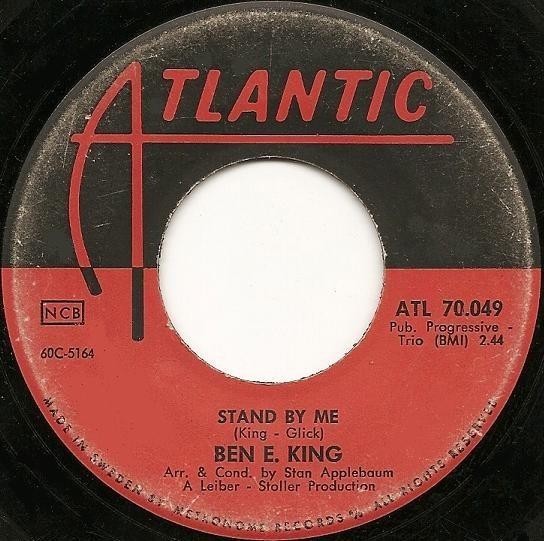
187
One of the most recognizable and enduring songs in the pop music canon, “Stand By Me” entered the top ten of the American charts on two separate occasions, twenty-six years apart. While the appeal of the song seems inevitable in hindsight, Ben E. King actually recorded the track as something of an afterthought. It would ultimately become his signature artistic statement.
Ben E. King first came to prominence as a member of The Drifters. As only one of the group’s lead vocalists, King left The Drifters in 1960 to pursue a solo career, scoring a hit with the Phil Spector-produced “Spanish Harlem” shortly thereafter. While he had a hand in composing some Drifters tracks – most notably their 1959 hit, “There Goes My Baby” – King was primarily known as a vocalist. When Jerry Leiber and Mike Stoller heard King working through an embryonic version of “Stand By Me,” the songwriting/production pair leapt at the opportunity to help him finish the track.
Stoller’s iconic bass line, Leiber and King’s direct and heartfelt lyrics, and King’s charming vocals would make for a potent combination. The track’s production – courtesy of Leiber and Stoller – avoided the overwrought arrangements that had marred many contemporary singles, and retained the intimacy of King’s original vision. Needless to say, audiences were enthralled with the track, which hit number four on the charts in the summer of 1961.
Another generation of listeners would fall in love with “Stand By Me” when it became the theme to the 1986 film of the same name. Playing to the nostalgic impulses of Baby Boomers with an alluring coming-of-age story, the success of the film would bring Ben E. King’s definitive recording back into the top ten on both sides of the Atlantic.
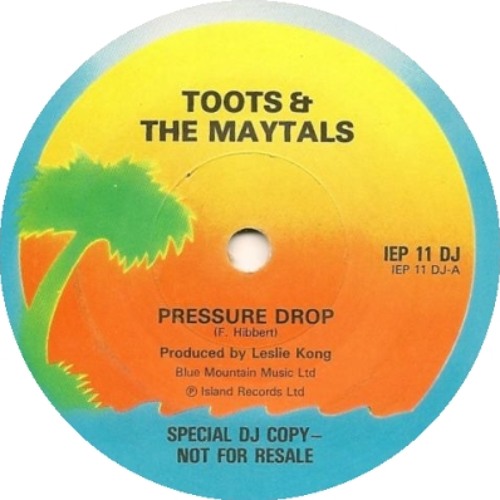
186
Frederick Nathaniel Hibbert (aka “Toots”) formed The Maytals in the early-1960s – pre-dating the term “reggae” by several years. By decade’s end, they were one of Jamaica’s most popular bands, and had provided critical definition to the sound that took its name from the group’s 1968 track, “Do the Reggay.”
Reggae would go international in the early-1970s, and one of the key artifacts to bring the music of Jamaica to the wider world was the soundtrack to the 1972 film, The Harder They Come. Nestled among genre-defining tracks by Jimmy Cliff and Desmond Dekker was The Maytals’ 1969 single, “Pressure Drop” – four minutes of gloriously joyful music, with an undercurrent about karmic retribution.
While it’s difficult for one track to stand out on a group of heavy hitters, “Pressure Drop” was the uncontested highlight of The Harder They Come – even stealing the spotlight from the film’s star, Jimmy Cliff. It is vibrant, uplifting, and virtually all-chorus. Unsurprisingly, it would be covered by many artists in a variety of genres, most notably The Clash, who issued it as the B-side to 1978’s “English Civil War.”
It seems a bit presumptuous to make declarative statements when dealing with something as subjective as music, but when engaging in a list-making exercise such as this, that’s essentially what one finds themselves doing. With that said, I’ve set myself up for a claim that I feel pretty confident making: This is the greatest song in the history of reggae music.
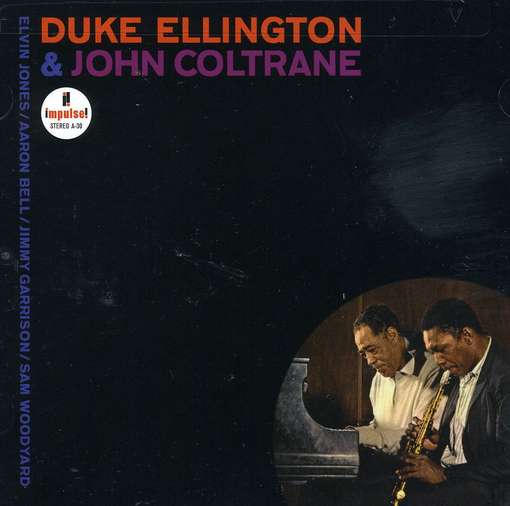
185
On paper, Duke Ellington and John Coltrane made for a curious pairing. Though he had experimented as much as anyone in the genre’s history, by 1963, Duke was a symbol of jazz music’s old guard. While he had collaborated with Charles Mingus and Max Roach on 1962’s remarkable “Money Jungle,” rumors swirled about those sessions being fraught with tension between large egos from different generations.
John Coltrane was operating on another plane entirely. 1961 alone had seen the saxophonist release eight albums – at least three of which could be reasonably considered masterpieces. These were works of stunning variety, that showcased Trane’s unmatched instrumental prowess. His peak, and his most experimental work, were still on the horizon.
Despite their differences in age, demeanor, and career trajectory, Ellington and Coltrane pulled off a rare collaboration in which both artists sound at home. The album’s highlight arrived immediately, with a haunting version of Ellington’s 1935 ballad, “In a Sentimental Mood.” Already one of his finest compositions, this take saw the spacious nature of a quartet setting bringing out the song’s gorgeous melodicism to stunning effect.
The delicate beauty of “In a Sentimental Mood” was realized through the restraint of two masters at ease. Of course, working with stellar material helped, but of the myriad excellent takes of this classic track, none can rival this beguiling version.
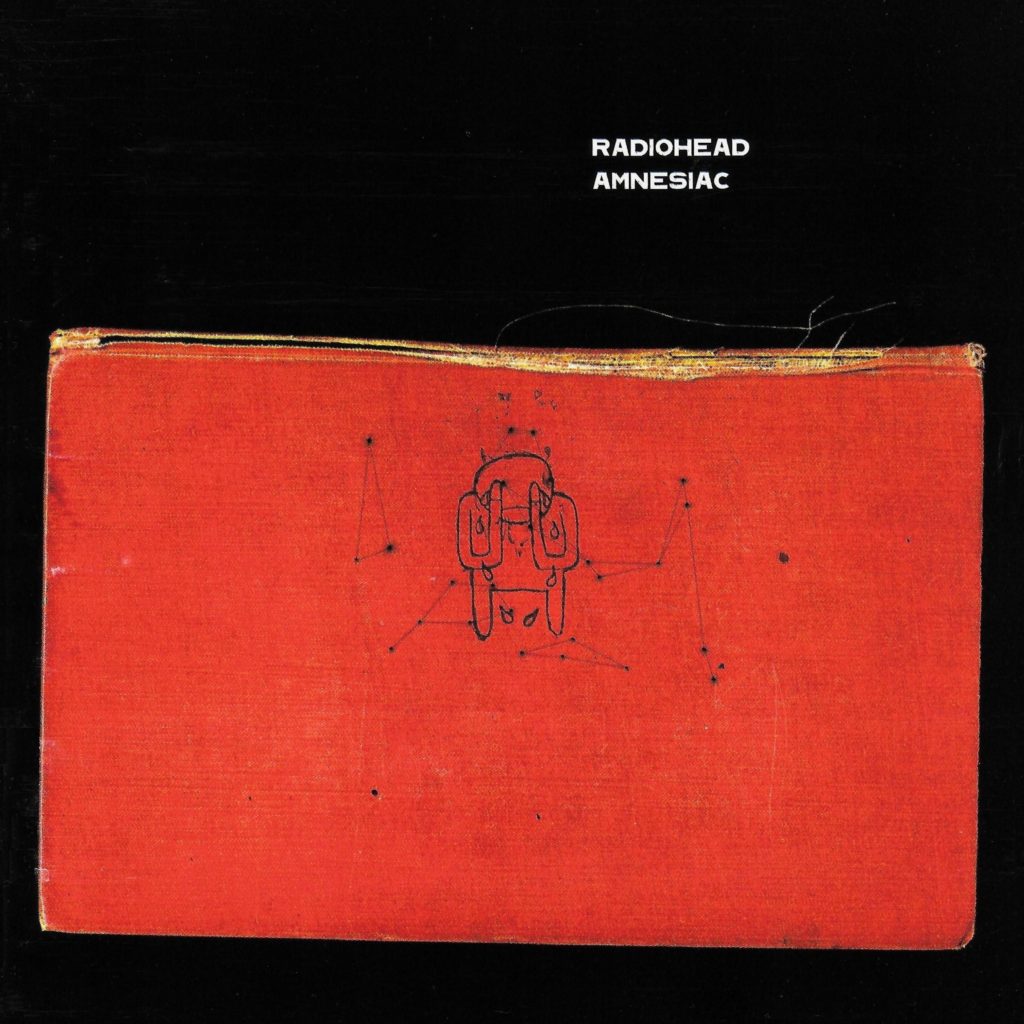
184
Somewhere along the line, an expectation was set by the music press that 2001’s Amnesiac would be the “rock” follow-up to Radiohead’s heavily experimental 2000 album, Kid A. When “Pyramid Song” was released as the record’s first single, fans expecting a second coming of The Bends were left scratching their heads.
A mournful, minor-key dirge, “Pyramid Song” may not have brought much in the way of loud guitars, but it did display a strikingly direct and organic side of the band, after the alien sounds of Kid A. Jonny Greenwood wrote the song’s orchestral arrangement, which lends it a sweepingly cinematic feel, and a deeper sense of pathos.
Thom Yorke has claimed that “Pyramid Song” was written during a period of obsession with Charles Mingus’ song, “Freedom.” However, to these ears, I’ve always heard stronger shades of John Coltrane’s “Olé” in Yorke’s piano chords, and the jazz-influenced drumming of Phil Selway. Jazz had lurked around the edges of Radiohead’s sound before, but never in such an arresting manner.
Quickly following a game-changing album with a collection of songs recorded during the same sessions gave Amnesiac something of a reputation as an afterthought. However, as “Pyramid Song” displayed in dramatic fashion, Amnesiac was far more than just the leftover spare parts from an instantly classic album.
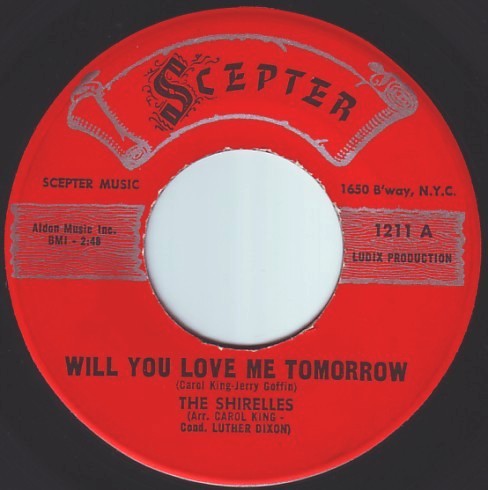
183
The Shirelles had an impressive run of hit singles in the early sixties – including two that The Beatles covered on their 1963 debut, Please Please Me. Despite their prolonged success, the group’s undisputed pinnacle came with this 1960 track, which topped the American charts and reached number two in Britain.
Written by Carole King and Gerry Goffin, “Will You Love Me Tomorrow” is one of the tracks that established the template for the sixties girl group sound. Shirley Owens’ lead vocal is plaintive, the backing vocals of The Shirelles provide a charming counterpart, and King’s string arrangement provides a sense of drama, without becoming overbearing. It’s a masterful piece of writing, production, and performance.
King herself would have a go with the song in 1971 as part of her star-making album, Tapestry. By that point, “Will You Love Me Tomorrow” had already become something of a standard – having been recorded by several of the biggest pop stars of the sixties. However, The Shirelles’ original take remains unrivaled.
In addition to being a phenomenal recording, “Will You Love Me Tomorrow” holds an important place in pop music history. When it hit number one in January 1961, it became the first single by a Black all-girl group to top the American charts. While that feat should have happened much earlier, it’s hard to identify a song more deserving of the distinction.
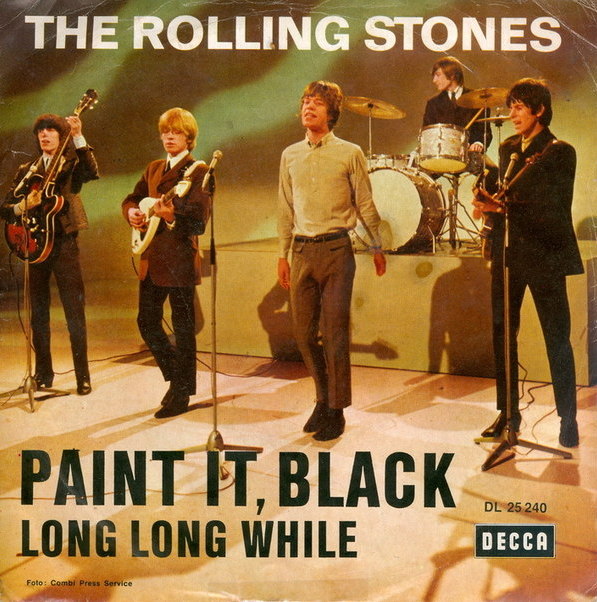
182
The Beatles may have been the first western pop group to use a sitar – “Norwegian Wood” (#470) – but The Rolling Stones used the instrument to far more dramatic effect on this 1966 single. One of the bleakest and best tracks in their catalog, “Paint It, Black” topped the charts on both sides of the Atlantic, and was the standout moment on the American version of the group’s 1966 album, Aftermath.
The Stones had begun incorporating more baroque-inspired elements into their music as far back as 1965’s “Play With Fire” (#511), but “Paint It, Black” was far more intentional in its embrace of a novel arrangement. Brian Jones provided the sitar line that gave the song its signature, but it’s also a tour de force from the band’s rhythm section of Charlie Watts and Bill Wyman, who give the song its pulsating energy.
Undoubtedly inspired by their friends/rivals from Liverpool – and almost certainly encouraged by the song’s dark subject matter – “Paint It, Black” would be well-served by its unconventional arrangement, sounding like little else on the airwaves upon its release in the spring of 1966. The freedom afforded to bands like The Beatles and Rolling Stones not only gave them expanded artistic flexibility, but it also created audiences that were more receptive to innovation from their trusted favorites.
The single represented the Stones’ deepest foray into psychedelia yet, ushering in a brief era that remains divisive amongst the band’s fans, but that would ultimately yield some of their greatest recordings. It was a far cry from their blues-based early work, or the roots-y rock approach of their most popular material, but “Paint It, Black” was one of the band’s uncontested peaks.
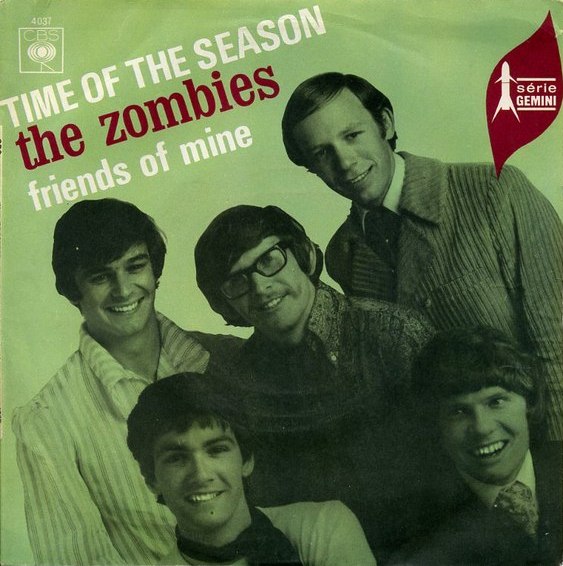
181
“Time of the Season” is an iconic track, a massive hit, and The Zombies’ definitive moment on record. With that said, it has always stood out as something of an oddball on the band’s final album, 1968’s masterful Odessey and Oracle. While that album found the group creating one of the defining artifacts of the psychedelic era, “Time of the Season” is a classic slice of blue-eyed soul.
That’s not to say that “Time of the Season” is completely incompatible with the rest of Odessey, just that the song places its emphasis on groove and musicianship, rather than the lush arrangements that define the other tracks on the album. For that, I suppose it’s possible to love one variation of the band’s sound, without being completely enamored by the other, and among those who love Odessey, “Time of the Season” has proven to be a surprisingly divisive song.
I’m not one of those listeners. “Time of the Season” is my favorite track on one of my favorite albums, even if it is one of its least representative moments. While the baroque beauty of “Care of Cell 44” (#350) and the psych wonderland of “Hung Up on a Dream” (#721) are plenty remarkable, “Time of the Season” balances The Zombies’ instrumental virtuosity, lush group harmonies, and Colin Blunstone’s soulful vocals into a most evocative whole.
Contemporary listeners seemed to agree. At least those in America did. While “Time of the Season” failed to chart in the band’s native UK, the song reached number three on the American charts in the spring of 1969. For The Zombies it was only a posthumous success, as the group had broken up shortly after completing Odessey and Oracle in late-1967.


